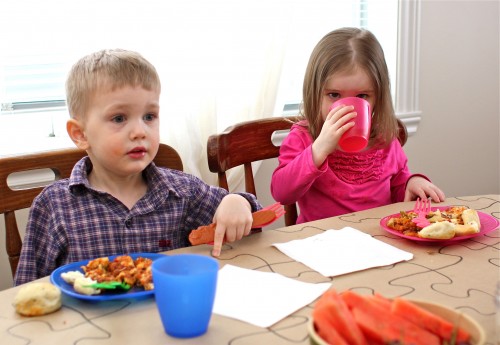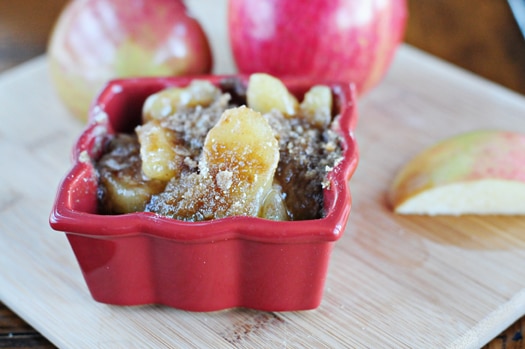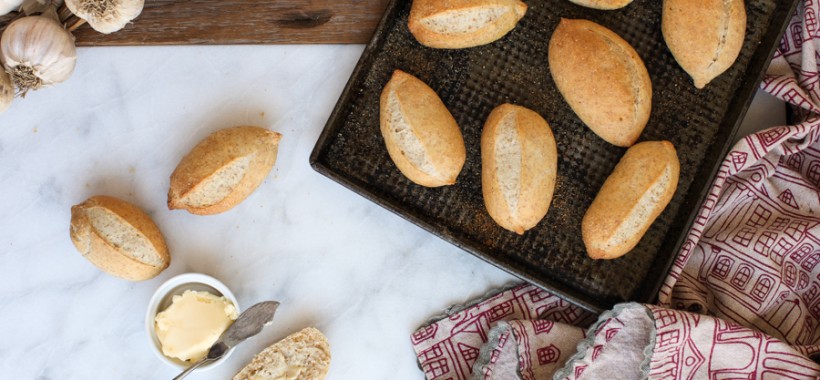Why (and How) You Should Create a Healthy Food Culture for Your Family
Food is a celebration of both life and family. Food is also a culture, and it is up to you to shape that culture in your home and around your table.
Italians are famous for their food culture; their recipes are handed down from generation to generation and children cook alongside their nonnas, who express their love to their family in a dish. Yes, the strong food heritage of Italians is noted, but we all have a food culture of our own, whether it is as obvious as a plate of homemade eggplant parmigiana or not.
How do you relate to food? What are your childhood experiences? These are the things that shape your personal food culture. It is more than ethnicity or heritage, it is your attitude toward food.
Food culture is passed along from parents to children, and shaped by day-to-day actions, expressions, and words.
Why Is Food Culture Important Today?
We know that sharing a meal together is more than just physically nourishing, but it fills a primary need for community and connection on many levels. By creating a healthy food culture in the home, you are giving your children the very best attitude toward food, instead of letting society’s food culture influence – and perhaps misguide – them,
We want our children to grow up to be healthy eaters, aware of the way their food choices affect the planet, and how it is produced. Most importantly, we want them to connect the dots between healthy, whole food and happiness.
My Family’s Food Culture
As this post started to take shape in my mind, I couldn’t help but notice how the strong food culture that my siblings and I were immersed in as children still affects us today. Nearly thirty years later, all four of us are following in the footsteps of our parents in some way or another, even though we live in a modern world and our lifestyles are very different.
As a boy, my brother, Josh, fished for lake trout from the lake that we lived on. Now he takes his family deep sea fishing for halibut and crabs, digs for clams, and wrestles 35 pound Steelhead salmon from the riverbed every August.
Eldest of us three girls, my sister Haidi milks goats for a neighbor and trades her efforts for fresh milk. She makes her own yogurt, just as my mother used to from our goats. Although Haidi lives in a different country, and in a city as opposed to our rural upbringing, her three children are surrounded by a very similar food culture that Haidi was raised in. (Note: our surroundings affect our food culture marginally compared to our attitudes.)
Miranda, the youngest of the four, never ate the way most college students do. She cooked from scratch and embraced real foods similar to those she grew up on. Now she even prepares her pet food from scratch – for three dogs and two cats. No additives for anyone!
My mother was (and still is) a gardener through and through. I’ve carried on that aspect of our food culture to the best of my ability and circumstances. I think I’m happiest when I have dirt under my fingernails and nothing tastes as good as home grown vegetables.
What is my point? It’s no coincidence that the activities and interests that my siblings and I currently embrace are reflections of our upbringing.
How to Create a Healthy Food Culture at Home
Children mirror what they see in us. Your attitude toward food -buying, cooking, eating- will directly shape how your children approach it.
Talk
Actions speak louder than words, but never underestimate the impact of a solid conversation. Topics such as seasonal eating, sustainable farming, and whole foods can be introduced to children in ways they can understand. It’s never too early to plant the seeds of environmental responsibility.
My kids and I talk through food shopping, cooking, and eating. When my two-year-old announces he’s finished eating his brassicas, it’s because he’s been listening in on his older brother’s conversation with me about the genus species of vegetables on his plate.
Grow
You can help your children make that key connection between field and fork by growing some produce yourself. Also, what better way to explain seasonal eating than by observing it first-hand as the seasons change?
If growing some of your own food isn’t possible, then visit a farm once in a while.
Shop
I can’t remember ever setting foot in a grocery store with my mother. What I DO remember vividly, however, are the farmers markets we frequented on Saturday mornings. I can recall the taste of a brownie I nibbled as we walked along the stalls, the feel of a baby rabbit’s silken fur under my fingertips, the sound of the rain pattering on the tarped stalls, and the smells of tomato seedlings, waving at me from their peat moss cups.
Food culture. It’s not surprising that now I feel out of place in a supermarket, but at home at the open air marché.
You probably already shop with a little one or two in tow, so why not make it memorable (and informative)? Food culture starts with gathering the food, no matter where you shop.
Cook
I’ve long sung the praises of having kids in the kitchen. The effects of this nurturing, one-on-one time are life-long. Where else are children going to learn about their family’s food culture than under your wing in the heart of the home? By touching the food, talking about it, and watching it come alive under your hands, they are learning to appreciate whole foods and the enjoyment of scratch cooking.
Related posts:
- 6 Ways to Thrive in The Kitchen With the Kids :: my article on Simple Mom
- Simple Tips for Baking with Kids
Eat
Eat together. This is Food Culture 101. I don’t need to elaborate on the importance of the family dinner. What I would like to point out, though, is that eating together doesn’t have to be static and predictable.
Round out the corners of your home food culture by showing that food can be an adventure, an experience, a journey or a collaboration. I’m all for manners, but if they portray eating as a sterile, no-nonsense action, then it’s time to relax and have some fun.
Campfires, fondue, dinner baked in foil, picnics, family pizza night, and sweet summer corn on the cob are just but a few ways to ignore the silverware and enjoy food from a different angle.
It is up to the parents to demonstrate that fun is indeed fun.
Pray
Saying grace and giving thanks to God is an integral part of our food culture. Around our table we bless the food and the one who prepared it, express thankfulness for the bounty of it and His provision for it, and show appreciation for the Creator who nurtured the seeds.
Even if you don’t pray in your home, take time to acknowledging that you have food when so many do not, and you will teach your children gratefulness in a day when so much is taken for granted.
How would you describe the food culture in your home? Would you like to strengthen it?











I love this post! I want to be able to instill a healthy eating culture in our home as well, but what do you do when it’s your SO that has no interest in eating his fruits and veggies? I grew up eating my granny’s home cooking and she insisted we eat lots of fruits and vegetables, but he grew up in a two-income earning house where meals were boxed and rather slapdash.
You’re so right — we do all have a food culture. I remember being very little cooking/stirring/ adding ingredients along side both my mom and dad.
Most of our family discussions, game night and bonding happen over a meal or cooking together.
It’s funny, and brings such a warm feeling to know how much food can develop relationships 🙂